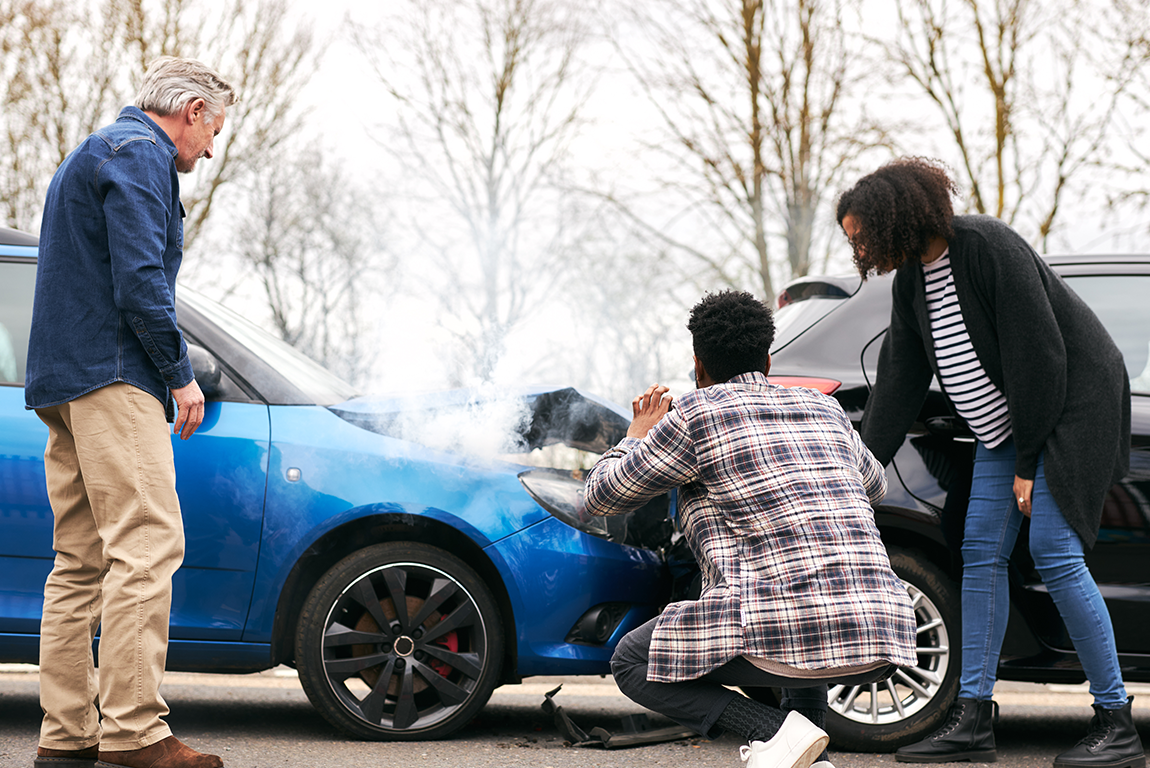Auto Body Shop’s Collision Repair Tips

When your car has been in a collision, the damage can be stressful and overwhelming. Navigating the repair process doesn’t have to be. With the right information and support, you can ensure your vehicle is restored to its pre-accident condition with minimal hassle. Here are essential collision repair tips from experienced auto body shop professionals to help guide you through the process:
1. Assess the Damage Immediately
After a collision, inspect your vehicle for visible damage. Look for dents, scratches, or misaligned parts. Even minor damage may indicate underlying structural issues that require attention. Take photos to document the damage, which will be useful for insurance claims and repair estimates.
2. Notify Your Insurance Provider
Report the collision to your insurance company as soon as possible. Provide them with details about the accident, including photos and any police reports. Understanding your insurance policy and coverage will help you navigate the repair process and determine your out-of-pocket costs.
3. Choose a Reputable Auto Body Shop
Research local auto body shops to find one with a strong reputation for quality repairs and customer satisfaction. Look for certifications such as I-CAR or ASE, which indicate that the technicians are trained in the latest repair techniques. Reading online reviews and asking for recommendations can also help you make an informed decision.
4. Get a Detailed Estimate
Request a written estimate from your chosen repair shop. This should include a breakdown of labor, parts, and any additional costs. Don’t hesitate to ask questions about the repair process and clarify any terms you don’t understand.
5. Use Original Equipment Manufacturer (OEM) Parts
For optimal performance and safety, insist on OEM parts rather than aftermarket alternatives. OEM parts are designed specifically for your vehicle and provide a better fit and longer-lasting results.
6. Address Frame and Alignment Issues
Structural damage can compromise your vehicle’s safety. Ensure the repair shop checks for frame damage and performs alignment adjustments as needed. Advanced diagnostic tools can detect hidden issues that may not be visible to the naked eye.
7. Keep Track of Repair Progress
Stay in touch with the repair shop to monitor progress. Regular updates can help you stay informed and address any delays or additional repairs promptly.
8. Inspect the Repairs Before Accepting Your Vehicle
Before driving your car off the lot, thoroughly inspect the repairs. Check that paint matches seamlessly, panels align correctly, and all damage has been addressed. If anything looks amiss, speak up and have it corrected before leaving.
9. Keep Records of Repairs
Retain all documents related to the collision and repairs, including estimates, receipts, and insurance communications. These records may be helpful for future claims or if you decide to sell your vehicle.
10. Prioritize Regular Maintenance
Once your vehicle is back on the road, regular maintenance can prevent further issues and prolong its lifespan. Address any minor issues promptly to avoid costly repairs down the line.
Why Professional Collision Repair Matters
Working with a professional auto body shop ensures your vehicle is repaired safely and efficiently. Certified technicians use advanced tools and techniques to restore your car’s structural integrity, aesthetics, and functionality. This not only keeps you safe on the road but also maintains your vehicle’s value.
Trusting a reputable auto body shop for collision repair makes all the difference. By following these tips, you can navigate the repair process with confidence and get back on the road with peace of mind.
A1 Auto Body Shop in Lynnwood offers comprehensive car collision repair services with over 100 years of combined experience. We work with all major insurance companies and specialize in auto accident repair and restoration. Contact us today for an estimate!
